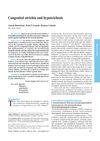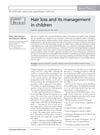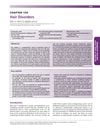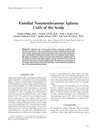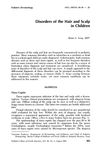Adams–Oliver Syndrome: New Evidence in Variable Expressivity
December 2013
in “
International Journal of Dermatology
”
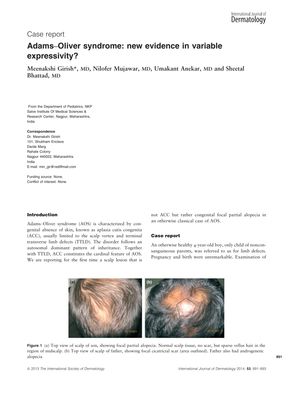
TLDR The clinical signs of Adams-Oliver syndrome can vary greatly, even among family members.
The document reports a case of Adams-Oliver syndrome (AOS) in a 4-year-old boy, which is characterized by congenital absence of skin (aplasia cutis congenita, ACC) and terminal transverse limb defects (TTLD). However, instead of ACC, the boy presented with congenital focal partial alopecia, a scalp lesion not previously associated with AOS. The boy also had limb defects and cutis marmorata telangiectatica congenita, a mottled skin pattern. His father, who also had AOS, presented with cicatricial focal alopecia, limb defects, and was being treated for hypertension secondary to coarctation of the aorta. This case suggests variable expressivity in AOS, as both father and son had terminal limb defects but different additional manifestations. The findings indicate that the clinical presentation of AOS can vary significantly, even within the same family, and that the pathogenesis of AOS may be more complex than previously understood.
